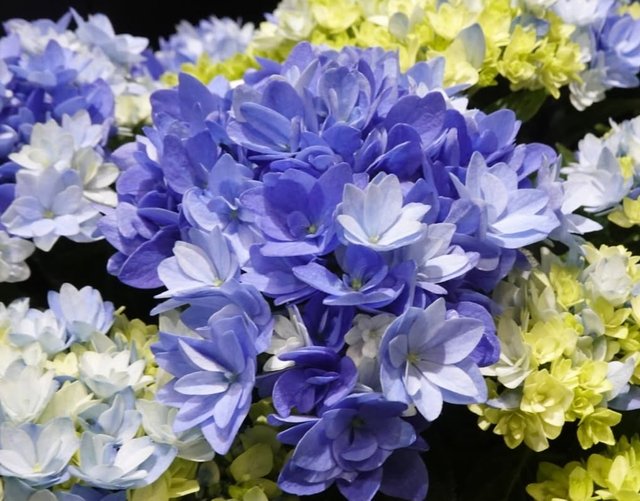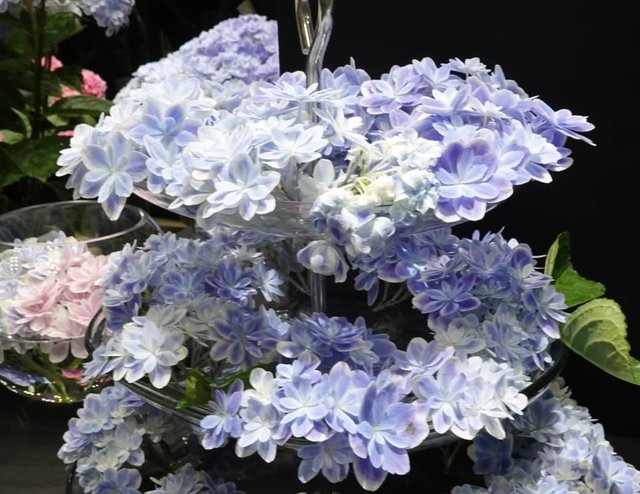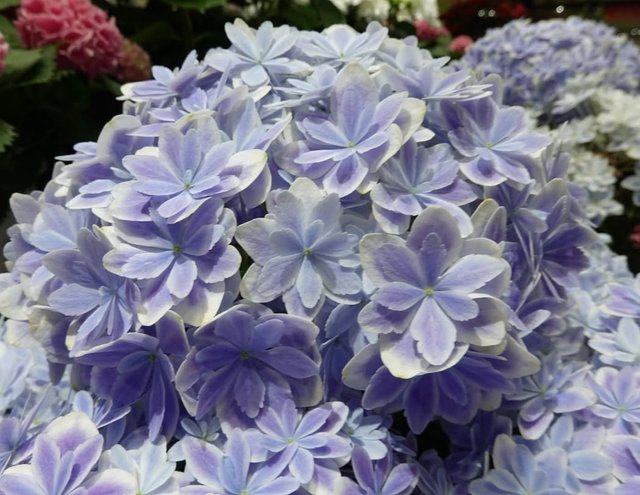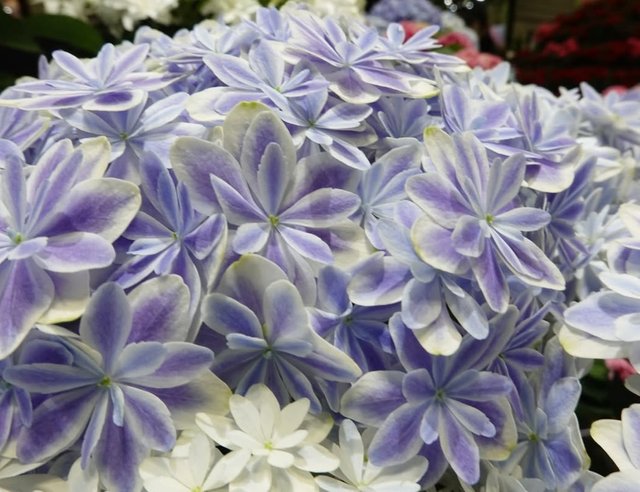Common Lilac Beautiful Flower
The Common Lilac: A Fragrant Icon of Spring
Few plants capture the heart of springtime quite like the Common Lilac. With its richly perfumed blossoms, lush clusters of pastel flowers, and hardy disposition, Syringa vulgaris is more than just a garden favorite—it's a cherished heirloom plant with a long history and a place in the cultural and natural landscapes of many regions.
Botanical Background
The Common Lilac belongs to the Oleaceae family, which also includes olives, jasmine, and ash trees. Native to the Balkan Peninsula in southeastern Europe, lilacs have been cultivated since at least the 16th century and were quickly adopted into gardens across Europe and North America. The Latin name Syringa comes from the Greek word “syrinx,” meaning pipe or tube, referring to the plant’s hollow stems.
Though they originated in Europe, lilacs have become naturalized and beloved in North America, where they are often associated with old homesteads and historic gardens.
Appearance and Characteristics
Common lilacs are deciduous shrubs that typically grow between 8 and 15 feet tall, though they can be pruned into smaller sizes or even trained as small trees. Their heart-shaped leaves are a rich green, and their most defining feature is their dense panicles of tiny, tubular flowers that range in color from deep purple to pale pink, blue, or white.
These blooms emerge in mid to late spring, typically around April or May, depending on the climate. The scent is sweet and heady—so powerful that it can fill an entire yard—and is a favorite of pollinators such as bees and butterflies.
Cultivation and Care
One reason for the lilac's popularity is its relative ease of care. It is extremely hardy, thriving in USDA Zones 3 through 7, and it can withstand cold winters that would damage more delicate plants.
Thanks For Reading
Device Information
| Device | cannon eos 700D |
|---|---|
| Lens | 55-250 zoom leans |
| Location | Bangladesh |





god bless you